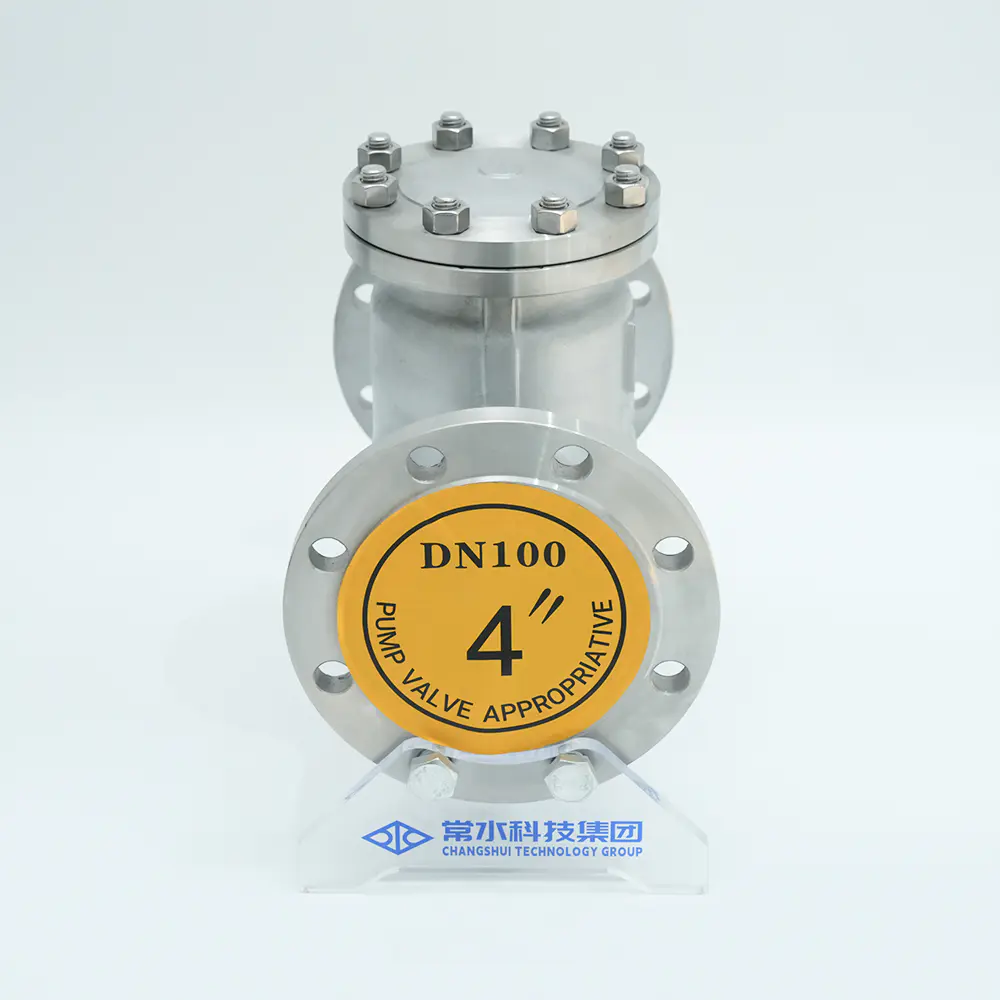Standards and certifications are more than just formalities—they define whether a valve can be legally used, safely installed, and reliably operated in different international markets. For cast steel valves, the relevance of compliance becomes more significant due to their role in critical applications where fluid control, pressure containment, and material durability must meet tightly controlled benchmarks. Buyers in power generation, oil and gas, petrochemical, and marine sectors often look for proof of conformity before anything else. Without recognized certifications, even the most durable product may face rejection at the point of delivery or installation.
API 600 is one of the most recognized specifications for cast steel gate valves. It outlines design details such as wall thickness, face-to-face dimensions, and seat configurations, ensuring consistency and interchangeability. ASME B16.34 governs pressure-temperature ratings, wall thickness, and materials for valves used across many types of systems. These two standards alone cover a wide range of requirements, but most international buyers also expect full traceability to ASTM material standards and, depending on location, compliance with EN or ISO equivalents. A cast steel valve manufacturer that maintains a broad compliance portfolio offers clear logistical and operational advantages for global buyers.
Third-party inspection agencies such as Lloyd's Register, TÜV, or DNV play an important role in verifying adherence to those standards. Certificates such as CE (for European Economic Area) or API monogram licenses validate not only the final product but the manufacturing system behind it. For cast steel valves, this includes inspection of casting quality, dimensional verification, material testing, and pressure testing. Documentation like Material Test Reports (MTRs), ultrasonic test records, and radiographic inspection results are typically included in the data package that accompanies the shipment.
Product certification also intersects with regulatory compliance. In many regions, valves used in pressure equipment must meet the requirements of directives such as PED (Pressure Equipment Directive) in the EU or CRN registration in Canada. These approvals demand not just documentation but strict quality control at every step of production—from mold design to foundry operations, machining, assembly, and final hydrostatic testing. Customers working on EPC projects or government tenders usually specify certified cast steel valves as mandatory, not optional.

What sets high-quality suppliers apart is the ability to manage multiple standard systems simultaneously. A buyer in the Middle East might require both API and ISO compliance, while a European client may ask for CE marking plus EN 12266 pressure test protocols. This is where experience matters: not every cast steel valve producer has the systems, documentation processes, and internal knowledge base to satisfy such diverse and overlapping requirements. A manufacturer that understands these cross-regional expectations can reduce delays, avoid rework, and shorten project timelines.
Even within a single certification standard, variations can affect selection. API 598 governs pressure testing requirements, but interpretations of test duration and medium sometimes vary. Some buyers want 100% radiographic inspection of pressure-containing parts, even when not explicitly required. Others require low-emission packing certified to ISO 15848 or compliance with fugitive emission regulations. Cast steel valves that are designed and built with these expectations in mind give buyers more confidence in performance and help ensure regulatory acceptance without modification.
Another factor worth noting is material certification. Cast steel grades like WCB, WC6, and LCB are defined by ASTM standards (such as A216 and A352), and each casting must be chemically analyzed and mechanically tested to verify compliance. Heat numbers and batch traceability become essential here, especially if valves are installed in applications with safety audits or shutdown liability. Advanced digital traceability systems are becoming a competitive edge among better manufacturers, helping customers align valve documentation with project QA/QC records.
For global customers, choosing certified cast steel valves isn't just about ticking boxes—it’s about ensuring operational continuity, legal compliance, and technical compatibility. We design and produce valves with full conformity to major global standards and offer flexible documentation support for international shipments. With an experienced production and inspection team, we’re proud to help our customers meet the toughest compliance demands while delivering solid, tested performance where it counts most.


 中文简体
中文简体 English
English русский
русский






